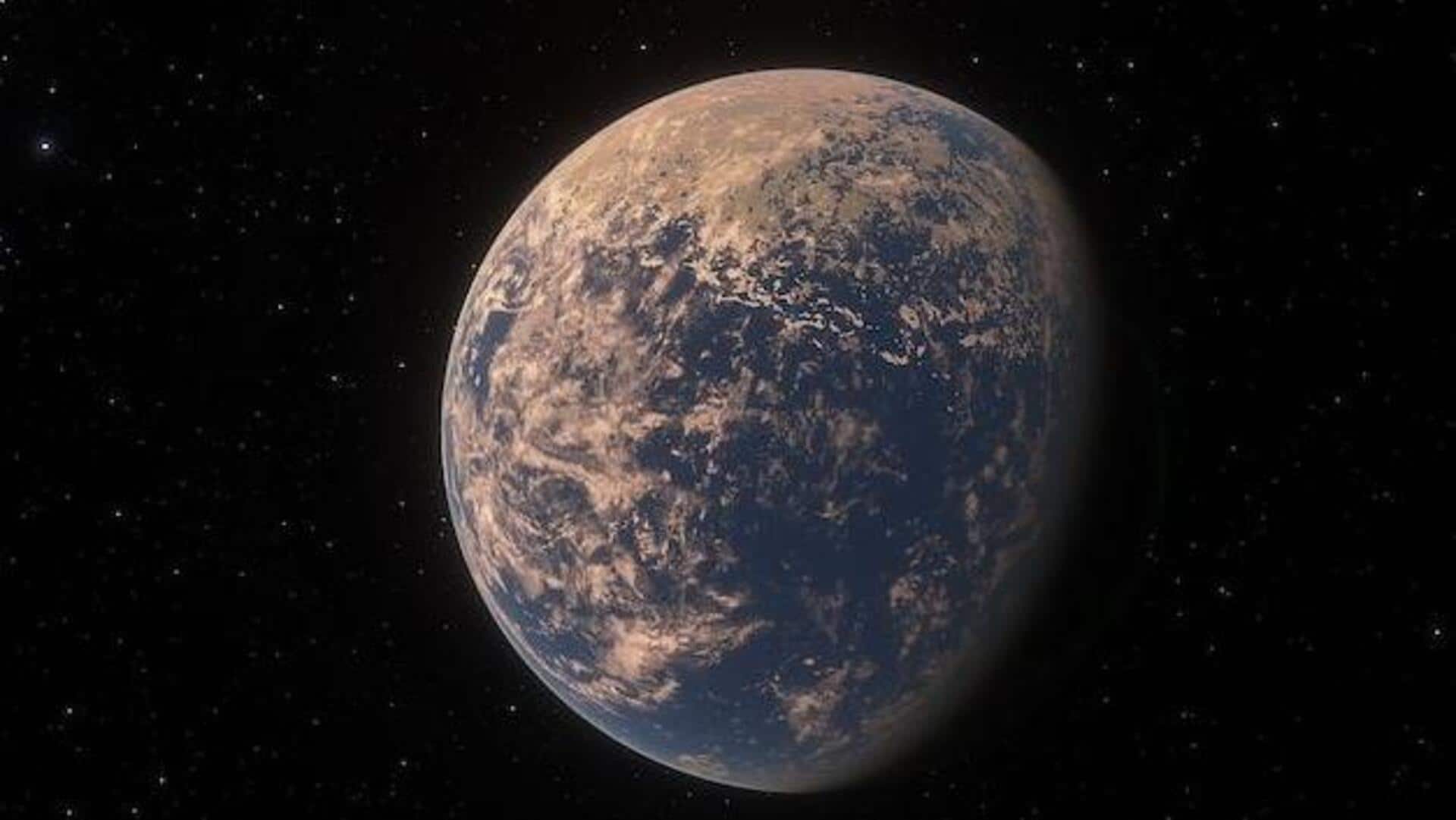Tech's Cosmic Lens: How Gadgets Decode the Universe. Dive into how technology reveals cosmic wonders!
The universe, a vast expanse of stars, galaxies, and cosmic mysteries, has always captivated the human
imagination. For centuries, we've gazed at the night sky, wondering about our place in this grand cosmic theatre.

Now, thanks to the rapid advances in technology, we're not just wondering; we're actively unraveling the universe's secrets, piece by piece.
From powerful telescopes peering into the depths of space to sophisticated software analyzing complex data, technology is revolutionizing our understanding of everything from the Big Bang to the possibility of life beyond Earth.
It's an exciting time for astronomy and cosmology, and the future promises even more groundbreaking discoveries.
Technology advances with telescopes like Hubble and James Webb, revealing cosmic wonders
One of the most significant contributions of technology to our understanding of the universe is the development of advanced telescopes. Gone are the days of simple lenses and limited views.

Today, we have massive ground-based observatories and space telescopes like the Hubble Space Telescope and the James Webb Space Telescope, equipped with cutting-edge technology.
These telescopes can see far deeper into space than ever before, capturing images of distant galaxies, newborn stars, and even planets orbiting other suns. The James Webb, especially, is a game-changer.
Its infrared vision allows it to see through clouds of dust and gas, revealing hidden structures and processes that were previously invisible.
The data these telescopes provide is invaluable, allowing scientists to study the composition, age, and evolution of cosmic objects with unprecedented detail.
Telescopes collect vast data, tech aids analysis, ML finds discoveries
The sheer volume of data generated by these telescopes is staggering. This is where another crucial aspect of technology comes into play: computing power and data analysis.

Scientists use sophisticated algorithms and software to process and analyze the vast amounts of information collected by telescopes. These tools help them identify patterns, measure distances, and model complex physical processes.
For instance, simulations can recreate the formation of galaxies or the collision of black holes, offering insights into the fundamental laws that govern the universe. Machine learning, a type of artificial intelligence, is also playing an increasingly important role.
It can analyze enormous datasets to identify subtle signals that might be missed by human researchers, leading to new discoveries and a deeper understanding of cosmic phenomena. Big data is truly helping to unlock the secrets of the cosmos!
Exploring the universe with technology beyond telescopes and data analysis
Beyond telescopes and data analysis, technology is also enabling new ways to explore the universe. Space probes and rovers, like those sent to Mars, are providing close-up views of other planets and their moons.

These robotic explorers carry a range of instruments, from cameras and spectrometers to drills and sample collectors, allowing them to study the geology, atmosphere, and potential habitability of these worlds.
The data they transmit back to Earth is constantly expanding our knowledge of the solar system. Future missions are planned to explore even more distant destinations, such as Europa, a moon of Jupiter believed to have a subsurface ocean that could harbor life.
These missions are incredibly complex and require advanced engineering and technological innovation.
Search for extraterrestrial life using technology in SETI
The search for extraterrestrial life, often called SETI, is another area where technology is playing a vital role. Scientists use powerful radio telescopes to scan the skies for signals from alien civilizations.

Although no definitive signal has yet been detected, the search continues, driven by the belief that we are not alone in the universe.
In recent years, there has been a renewed focus on the search for biosignatures, chemical or physical indicators of life, in the atmospheres of exoplanets, planets orbiting other stars.
Advanced telescopes and spectrometers are being used to analyze the light passing through these atmospheres, looking for telltale signs of life. The discovery of even a single biosignature would be a landmark event in human history.
The technology to search, analyze and report is getting better and better thanks to human innovation.
Technology's role in expanding knowledge through human innovation
Finally, it's important to remember that technology is not just about hardware and software. It's also about the people who use these tools – the scientists, engineers, and programmers who are pushing the boundaries of our knowledge.

Their passion, creativity, and dedication are essential for making new discoveries. As technology continues to advance, it will undoubtedly reveal even more of the universe's secrets, challenging our assumptions and expanding our understanding of our place in the cosmos.
After all, the spirit of inquiry resides with humanity and technology, the perfect tools to uncover the mysteries of our universe. The excitement and journey in unravelling this is a constant pursuit.
AI Generated Content. Glance/InMobi shall have no liability for the content










